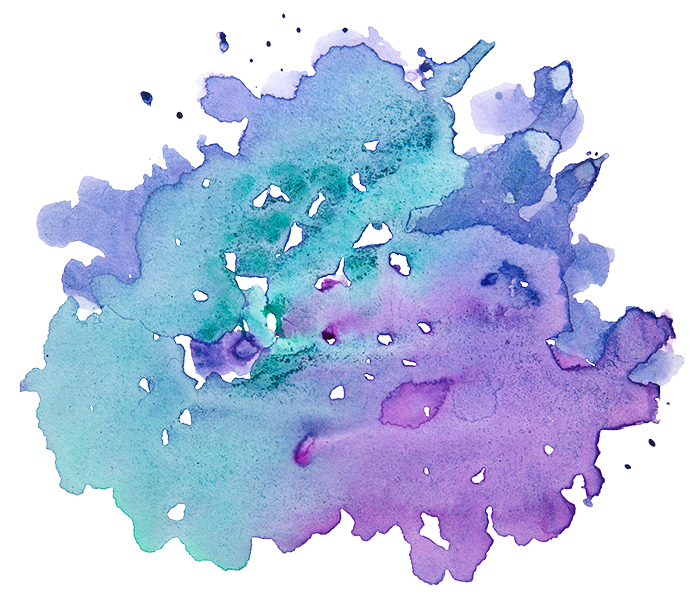by Rabbi Salem Pearce
Two weeks ago, I immersed at Mayyim Hayyim with almost a dozen people. The calendar full of appointments, one after the other, we took over the mikveh that early Friday morning.
I immersed with my classmates, all of us candidates for rabbinical ordination from Hebrew College. We were to receive smicha (ordination) that Sunday. Hebrew College rabbinical and cantorial students have been coming to Mayyim Hayyim for pre-ordination immersions for many years now. When we were asked whether our class wanted to continue the tradition, the answer was automatic.
While in school, I was a Mikveh Guide at Mayyim Hayyim for three years. I know well the power of this ritual in the many life transitions that are marked there. And I, myself, return to the mikveh once a year, to immerse in celebration of the anniversary of my conversion.
I say all of this because, for me, the choice to immerse before ordination was an obvious and straightforward one. The actual experience was anything but.
I’ve read Mayyim Hayyim’s Seven Kavanot for Mikveh Preparation, which stands on the sink in the preparation rooms, countless times. That morning, though, I was struck anew by the first one, Hineni.
Hineni. The word spoken by leaders past: Abraham, Jacob, Joseph, Moses, Samuel, and Isaiah. (If history had been different, it would have been recorded that Hagar, Miriam, Deborah, Hannah, Ruth, and Esther said it, too.)

Erica Brown writes, “God speaks to many of our biblical leaders at times of vulnerability and struggle. God tasks them with the job of transformation, both of self and nation, and God waits for a response. And the response is often Hineni: I am fully present in this moment in time and poised to take on my assignment.”
Mayyim Hayyim’s kavanah (intention) picks up on that connotation and suggests a moment of mindfulness in the transition from “ritually unready (tameh) to ritually ready (tahor).” As I wrote in my journal before I immersed, I was able to go back to the summer six years ago, when I first arrived in Boston to start rabbinical school with an eight-week class of all-day Hebrew.
This was before I learned to chant Torah; before I had looked at a single daf (page) of Talmud; before I learned to wrap tefillin (phylacteries); before my partner and I split up; before I ever got arrested for civil disobedience; before I set foot into my spiritual home, Nehar Shalom; before I served as a prison chaplain; before I went to Hebron; before my nieces and nephews were born; before my hometown Astros won the World Series; and before I met my classmates, the best people I know. Before I grew into the role of rabbi.
If anything can be characterized as a time of “vulnerability and struggle,” it’s rabbinical school. It was an intense six years, with unbelievable highs and devastating lows. It would be an understatement to say that I am a different person now than I was when I started this journey.
Those few hours I spent at Mayyim Hayyim were some of my favorite of the weekend. My class had originally talked about immersing at another time, because we knew we’d all be busy preparing for Shabbat and for our families’ arrivals. But one of my now-colleagues said, “That’s why you should go on Friday morning. You need to pause and reflect before all the activities begin.”
I did indeed need that time and space, with myself, with the waters, with six years of experiences, with my classmates, and with God to prepare myself to be “a link in shalshelet hakabalah, the chain of tradition,” as Mayyim Hayyim’s ceremony, “Before Ordination,” so beautifully puts it.
Upon leaving Mayyim Hayyim that morning, I felt ready to celebrate the completion of one part of my journey and the beginning of the next. In the words of the prophet Isaiah, הִנְנִי שְׁלָחֵנִי. “Here I am. Send me.”
 Rabbi Salem Pearce is Director of Organizing at T’ruah: The Rabbinic Call for Human Rights, where she works on issues of immigration and racial justice. While in rabbinical school at Hebrew College, she volunteered for three years as a mikveh guide at Mayyim Hayyim. Originally from Houston, Texas, she now lives in Brooklyn, New York.
Rabbi Salem Pearce is Director of Organizing at T’ruah: The Rabbinic Call for Human Rights, where she works on issues of immigration and racial justice. While in rabbinical school at Hebrew College, she volunteered for three years as a mikveh guide at Mayyim Hayyim. Originally from Houston, Texas, she now lives in Brooklyn, New York.


